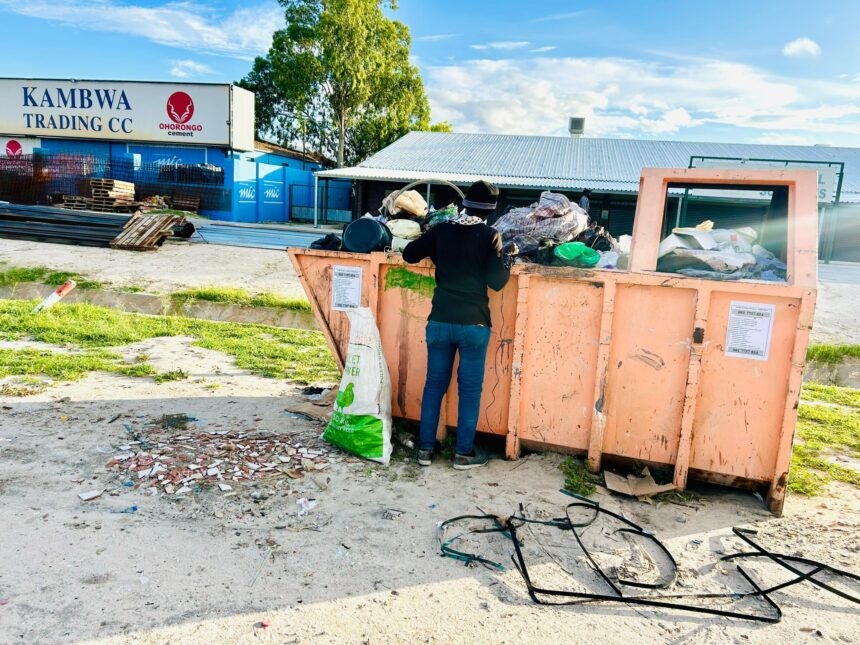OSHAKATI – Collecting scrap material and trading it for cash has become a common practice in many impoverished communities.
In northern Namibia, the situation is no different, with many residents here flocking to dumpsites to lay their hands on scrap material.
This has become a way of life for those struggling with poverty and unemployment.
The unemployment rate in Namibia remains high, with most rural areas hit the hardest.
Data from the Namibia Statistics Agency shows that about 44% of the population in the northern regions such as Oshana and Ohangwena live below the poverty line.
Maria Johannes, a 34-year-old single mother from Oshakati, explained her daily struggle.
“I come here every morning, and on weekends with my children. We look for leftover food or old things to sell. It’s not safe, but we have no other choice,” she stated.
Suoma Kamati (27), collects cans and plastic bottles at the Oshakati landfill.
She said she sells them to recycling companies for a small profit.
“I can make about N$30 to N$50 per day. It is not much, but it helps me buy food for my family.”
Another woman from Oshakati, Rachel Iindombo, indicated that she has been collecting scrap material since last year.
“When bars are closed, it is the right time for us to collect our scrap. No one is disturbing you because during the day, bar owners chase us away, unless you go to the dumpsite.
Collecting scrap has changed my life. I am unemployed, but now I have gained respect from my family because l am able to put food on the table,” she added.
Oshakati Town Council management committee chairperson Hofeni Mutota said the issue reflects deeper problems in society.
“Many people in the northern regions depend on farming, but drought and poor harvests have made this difficult. When families lose their income, they turn to dumpsites as a last resort,” he observed.
However, life on the dumpsite is dangerous. That place is filled with broken glasses, sharp objects as well as toxic waste.
“Scavengers, including children, are exposed to diseases like tetanus, cholera and respiratory infections,” he added.
A local activist, Simon Amutenya, said the government needs to create jobs and support small businesses.
“If people have work, they won’t need to survive on dumpsites,” he stressed.


